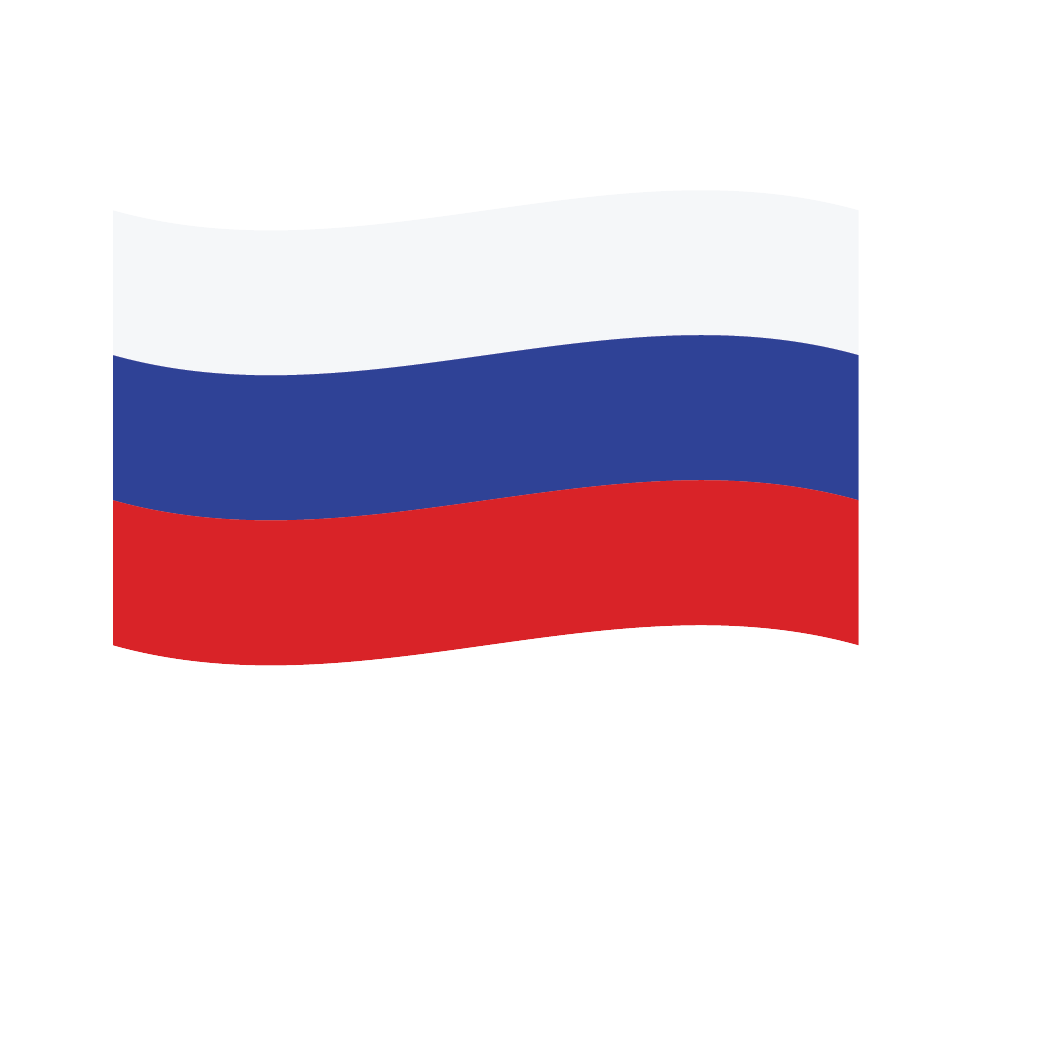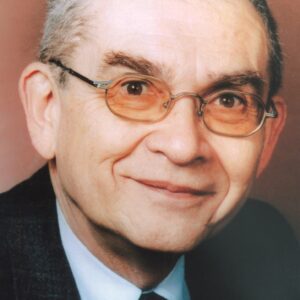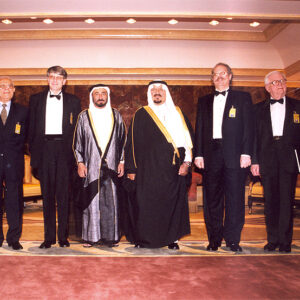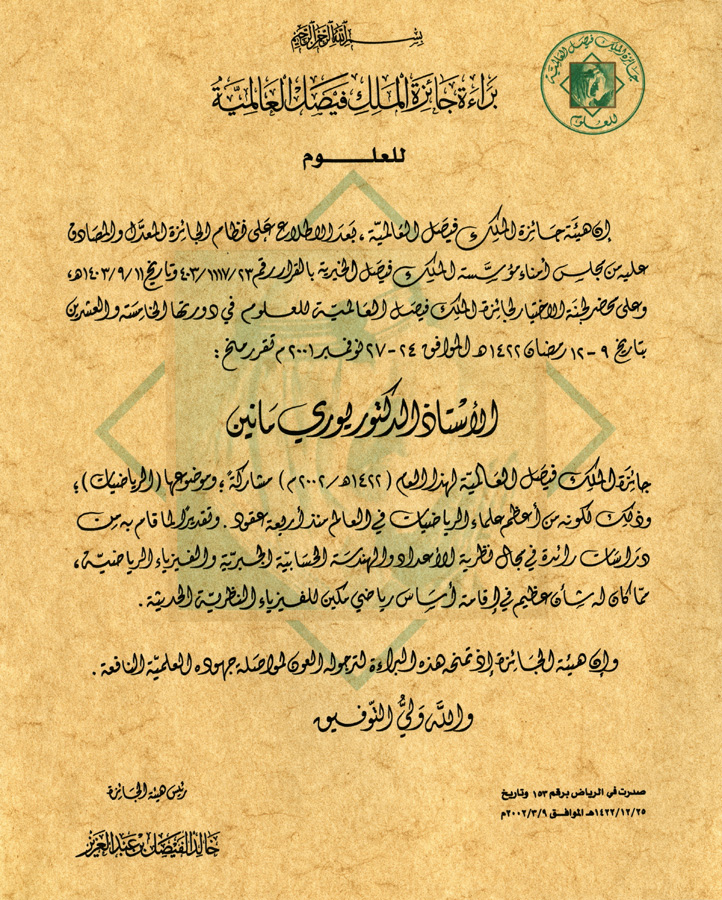

Professor Yuri I. Manin
King Faisal Prize in Science 2002 Laureate
Topic: "Mathematics "
Safely hidden behind user-friendly interfaces, sophisticated mathematics confronts us at each computer screen

Yuri Manin received his M.Sc. in mathematics from Moscow University and a Ph.D. and Habilitation from the Steklov Mathematical Institute of the Academy of Sciences in Moscow. He served as a professor of Mathematics at Moscow University, the Massachusetts Institute of Technology, and as a Visiting Professor at Columbia University. In 1993, he was appointed Director of the Max Planck Institute for Mathematics in Bonn.
Professor Manin is one of the most influential mathematicians, with broad research interests covering algebra, geometry, number theory, theoretical computer science and mathematical physics. He published his first paper during his undergraduate years. His earlier achievements also include proof of the Model conjecture, introduction of the Gauss-Manin Connection, a vital tool in modern algebraic geometry, and disproof of the Luroth problem (jointly with Iskoviskih). In the theory of number, he discovered certain constraints known as Brauer-Manin Obstruction to the existence of rational solutions to Diophantine equations. He also launched a program to study algebraic manifolds and carried out – with his students – widely recognized work on error-correcting codes algorithms. From the late 1970s, he turned his attention to the application of algebraic geometry to mathematical physics, and made significant advances in quantum field theory and quantum string theory. More recently, he contributed to the development of a mathematical theory of quantum homology. He authored 14 books and more than 200 scientific papers in prestigious journals, and mentored numerous students from around the world. Professor Manin’s intellectual pursuit extends beyond mathematics; he published research and expository papers in literature, mythology, semiotics, physics, linguistics, glotto-genesis, history of culture, and philosophy of science.
Professor Manin’s outstanding contributions to both mathematics and physics were recognized by numerous prestigious prizes, medals, honorary doctorate degrees, fellowships of major scientific academies and Institutes, honorary lectureships and editorships of major mathematical journals.
This biography was written in the year the prize was awarded.
- He was appointed as a Professor Emeritus at the Max Planck Institute for Mathematics in 2005.
- He received many awards and honors including:
- Georg Cantor Medal of the German Mathematical Society in 2002.
- Janos Bolyai International Mathematical Prize of the Hungarian Academy of Sciences in 2010.



